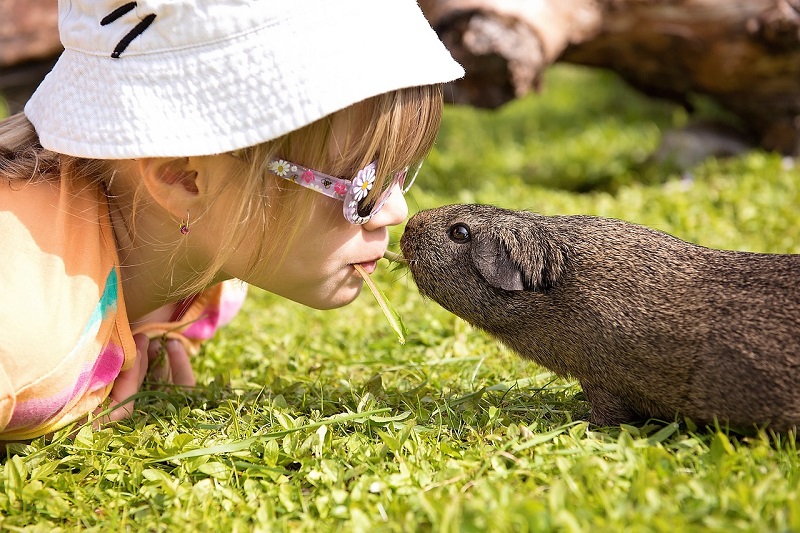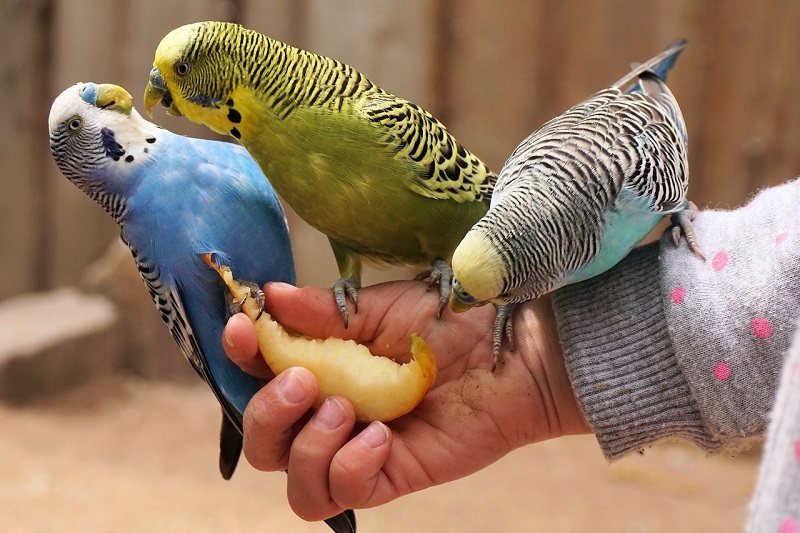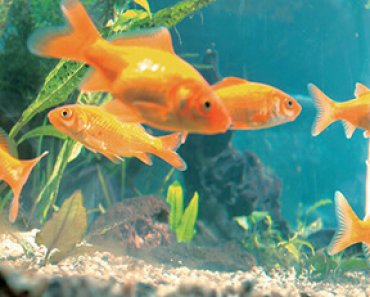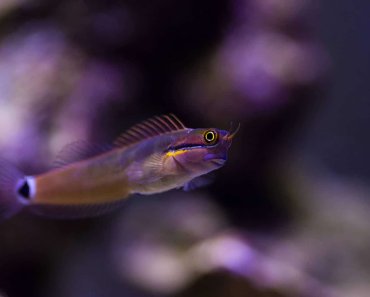
For original article click here
According to the statistics compiled by the American Veterinary Medical Association, dogs are the most popular American companion animal, followed closely by cats, then birds and horses. Among the exotic or cage animals (which include fish, ferrets, rabbits, hamsters, guinea pigs, gerbils, turtles, snakes and lizards) aquarium fish are chosen three times more often than their closest competitor, rabbits, and surpass other exotics by a factor of ten. Gerbils were the least popular.
Read on to learn more, and remember: If work or travel keeps you from home, always choose a professional pet sitter for your pet-sitting needs. You can find your local professional pet sitter on PSI’s Pet Sitter Locator.
Considerations when choosing your child’s first pet
At some point in their young lives, most children will request a pet of their own. Choosing the proper one is an important decision as it will contribute to the foundation of the child’s future as a responsible pet owner. Most experts agree that selecting the “right pet” should be a family decision. It should be a balance between the child’s attainment of an optimum pet-ownership experience and a respect of the busy parent’s time, energy and finances to support the venture.
Together, a family should consider lifestyle, expectations, housing, expenses, level of experience as pet owners and whether or not there is a family history of allergies or asthma.
A study published in the Journal of the American Medical Association by Dennis R. Ownby, MD; Christine Cole Johnson, PhD; and Edward L. Peterson, PhD, concluded that “Exposure to two or more dogs or cats in the first year of life may reduce subsequent risk of allergic sensitization to multiple allergens during childhood.” (http://jama.ama-assn.org, Volume 288 No. 8, August 28, 2002) In addition to all other considerations, adults need to remember that the ultimate responsibility for the animal will fall on them.
The safety of both child and pet should be discussed initially among family members and periodic reminders to children depending on their level of understanding. Naturally curious and rambunctious, children sometimes forget to be calm and gentle around animals. Despite the labeling placed on certain species, breeds or genders, any animal can scratch or bite if provoked. Just like humans, animals have their own personalities; an adult would be wise to choose a pet that is naturally mild mannered and easy to handle. Also, the type of pet chosen is not only a function of the child’s age, but their level of maturity and responsibility.
Cage pets for kids

There are differing opinions among experts as to which pets are best for children. According to Dr. Lianne McLeod, the veterinary guide for exotic pets at about.com, top seven are: guinea pigs, rats, hamsters, gerbils, mice, lepard geckos, and Madagascar Hissing Cockroaches. Other animal-care professionals promote birds or fish as ideal first pets for children.
1. Guinea Pigs
Guinea pigs are social creatures, yet timid. They are happiest when in pairs, fairly active and need a moderate amount of space. Guinea pigs are easy to tame, easy to handle and rarely bite. They do need supplemental Vitamin C either through fresh fruits and vegetables or flavored tablets.
2. Rats
Rats as pets tend to be misunderstood because of their wild kin. However, they are clean, very sociable and enjoy being cuddled. They don’t often bite and their high intelligence level makes them very trainable. Rats are best in pairs and need a fairly large cage. They adapt well, and because of their larger size, are easier to handle than mice or dwarf hamsters. Some male rats may have a tendency to urine mark.
In fact, The RightPet Pet Ownership Study, which was conducted online between 2010 and 2018, found that kids ages 10-17 enjoyed owning rats more than cats or dogs.
3. Hamsters
Hamster can be small or large in size. The Syrian hamster is larger and therefore easier to handle than a dwarf or Russian breed. Hamsters live best alone and are content in a smaller cage. Although they can be tamed, they are nocturnal and have a very short life span compared to other pets.
4. Gerbils
Gerbils can be active during the day or night, can be tamed, and are very entertaining to watch. These social animals, best kept in pairs, are both curious and friendly. They will only bite if they feel threatened and caution needs to be taken with their tails.
5. Mice
Mice are easy to care for, very sociable and live best in groups. As with any multiple-pet arrangement, keeping like-genders together will prevent multiplication! Mice are also relatively inexpensive pets that have a short life span and, like all rodents, are fond of gnawing and chewing.
6. Leopard Geckos
Leopard geckos are one of the easiest reptiles to care for properly. They are docile and somewhat easy to tame, however, they are also noctural. Leopard geckos can be held, but are not as responsive (or cuddly) as their mammalian counterparts. Good hygienic habits are essential for their caretakers. Geckos can do well in a small habitat, which may be somewhat of an investment.
7. Madagascar Hissing Cockroach
A Madagascar hissing cockroach…as a pet? In their defense, they are quite docile, can be handled and are easy to care for. They are, however, cockroaches, and may not be quite as appealing as other small pets.
Although not on Dr. McLeod’s top seven list, fish can be a wonderful first pet for some children, especially the very young or those who are content with looking at, rather than touching, a pet. Tropical fish come in a variety of colors, shapes and sizes. Even a toddler can feed them and fish are quite fascinating for little eyes to watch. Once the tank (or pond) is set up, maintenance is minimal.
What about birds?

Birds, as companion animals, seem to be underrated when one considers their intelligence, ease of care and training, sociability, attractiveness, longevity and amenability to apartment living. The Parrot Parrot Web site is an excellent source of information for owners of all companion birds, specifically smaller parrots and parakeets. Publisher Vera Appleyard asserts, “Birds in homes with children are frankly more likely to vocalize than birds in those without children. Why? Because birds are flock creatures and they like to join in as part of the flock.” Parrots, in particular, need plenty of interaction.
Appleyard would also agree that a child’s age for pet ownership is relative. “Some 5-year-olds are extremely calm and responsible; some 8-year-olds are careless and irresponsible. It is up to the parents to honestly consider the capacity of their child to handle a delicate pet such as a bird.”
Budgies and cockatiels were cited as the most common bird choices for children’s pets.


























